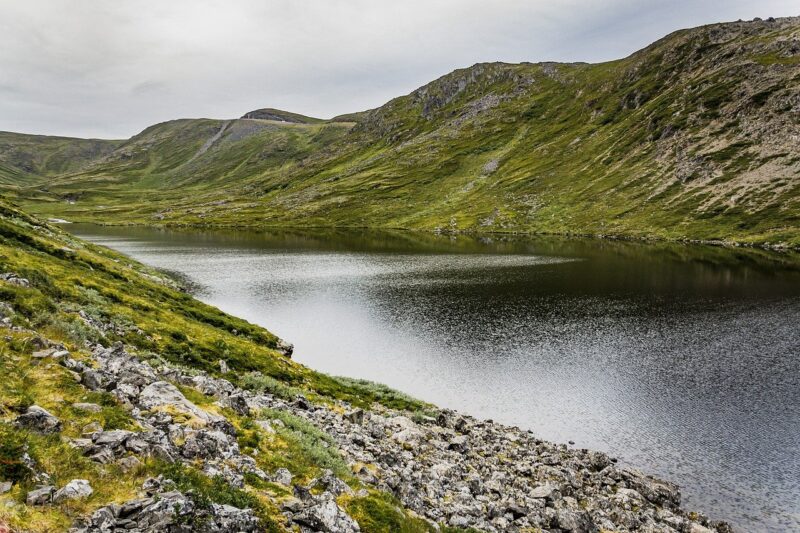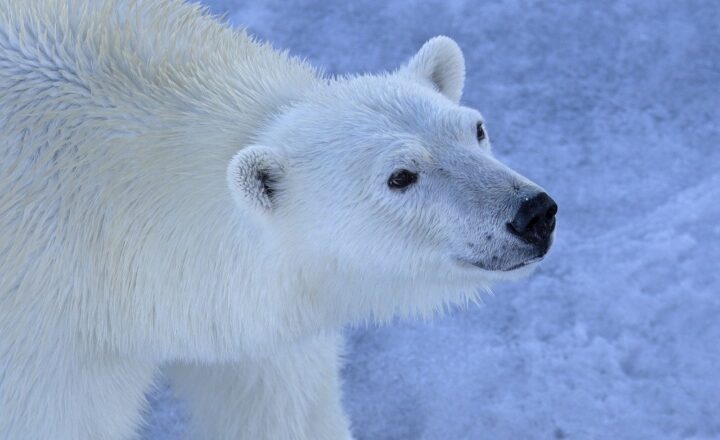Exploring the Life Cycle of a River: From Snowmelt to the Sea
November 14, 2024

Rivers are among the most vital natural resources on our planet, serving not only as ecosystems that support a variety of life but also as highways for transportation and sources of water for agriculture and drinking. Understanding the life cycle of a river— from its origins in the mountains through various transformations until it reaches the sea— can deepen our appreciation for these remarkable waterways. This article will take you on an exciting journey down a river, shedding light on the processes that occur at each stage of its life cycle.
1. The Birth of a River
The life cycle of a river begins in the mountains, where the combination of snowmelt and rainfall starts its journey. Snowmelt in the spring serves as the primary source for many rivers, as the sun’s warmth causes the snow packs to melt, creating streams of pure water. These streams often run down steep slopes, gaining speed and picking up sediment along the way.
- Sources of a River: Rivers can originate from various sources, including springs, glaciers, or rain-fed runoff. They may form in high-elevation regions and can be influenced by the geology of the area, impacting their flow and sediment transport capabilities.
- The Role of Watersheds: A watershed is the area of land that drains into a particular river or stream. It plays a crucial role in collecting precipitation and channeling it toward the river’s course. Understanding the watershed is essential to managing water resources sustainably.
As water begins to flow, it shapes the landscape and carves out valleys, which will serve as the river’s path.
2. The Journey Through the Landscape
As the river flows, it encounters various terrains, each impacting its speed and behavior. The upper course of the river typically experiences steep gradients, where the flow is quick, and the water can carry larger sediments. This section often features rocky beds and is the prime location for white-water rapids.
- Erosion and Transportation: As the river flows, it erodes the banks and bed, carrying away soil and rock. The continued erosion over time creates a wider, deeper channel. The force of the water can transport sediments, creating a dynamic environment that is ever-changing with the seasons.
- Middle Course Features: In the middle course, the river typically starts to level out. The flow slows, allowing for sediment deposition. This area is often more fertile and may support diverse ecosystems and wildlife. Floodplains form here, which are essential for agriculture due to their nutrient-rich soil.
As the river continues on its meandering path, it provides critical habitats for fish and other aquatic life.
3. The Role of Tributaries
As rivers journey downstream, they often gain tributaries—smaller streams that feed into the main river. These contribute additional water, which can greatly affect the flow and volume of the main river.
- Connecting Ecosystems: Tributaries provide essential habitats for various species and contribute to the biodiversity of the river system. They serve as lifelines for aquatic organisms and other wildlife, enriching the larger ecosystem.
- Dilution and Nutrient Flow: The water from tributaries can modify the temperature, sediment load, and nutrient content of the river. This mixing is crucial for the health of aquatic life and helps maintain the ecological balance.
Thus, tributaries act as important veins in a river system, ensuring the continuous flow of life and nutrients.
4. Meeting the Ocean: The Delta Stage
In its final stage, a river approaches the sea, where it often forms a delta. The delta is where the river meets a body of water, such as an ocean or lake, and disperses sediment. This area is often characterized by intricate networks of waterways and rich biodiversity.
- Sediment Deposition: As the river slows and loses energy upon approaching the sea, it deposits the sediment it carries. This process builds up landforms known as deltas, often resulting in fertile lands ideal for agriculture and diverse habitats for birds and fish.
- Nutrient-Rich Wetlands: Deltas are vital ecosystems, providing nursery habitats for many marine species. Wetlands within deltas play a crucial role in water purification and flood control, reinforcing the importance of preserving these community resources.
This vital intersection between river and sea underscores the interconnectedness of ecological systems.
5. The Importance of Rivers in Ecosystems and Human Life
Rivers play a multifaceted role in both ecosystems and human societies. Their significant contributions include:
- Water Supply: Rivers are critical sources of freshwater for drinking, irrigation, and industrial use, making them indispensable to human survival and economic growth.
- Biodiversity Hotspots: From upstream spring sources to downstream deltas, rivers support diverse habitats for fish, birds, and other wildlife. They serve as migratory paths for many aquatic species, illustrating their ecological importance.
- Cultural Significance: Rivers have been central to human civilization for centuries, often dictating settlement patterns and influencing cultural practices, traditions, and art.
- Economic Activities: Rivers facilitate trade and transportation, support recreational activities, and serve as sites for tourism, generating economic potential for regions surrounding them.
While rivers provide abundant resources, they also face numerous challenges, including pollution, habitat destruction, and climate change. To ensure that rivers continue to sustain life, it is essential to engage in sustainable practices and conservation efforts.
Conclusion
The life cycle of a river—from snowmelt to the sea—is a captivating journey that embodies the intricate relationship between water, land, and life. As rivers evolve, they shape landscapes, support biodiversity, and sustain human livelihoods. Understanding this remarkable journey not only enhances our knowledge of natural systems but also emphasizes the urgent need to protect and preserve these invaluable resources for future generations. Through responsible stewardship, we can ensure that rivers continue to flow freely, nurturing life along their course for years to come.







